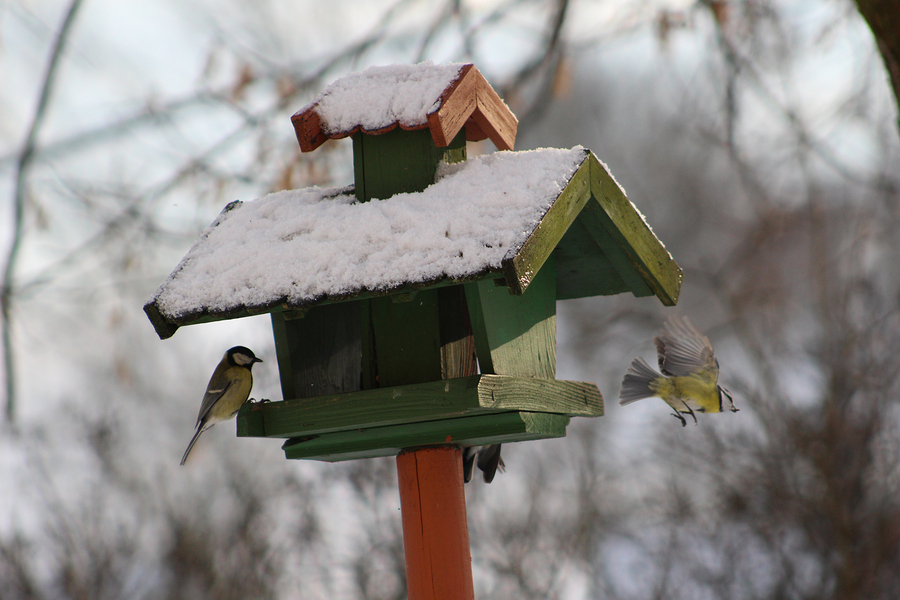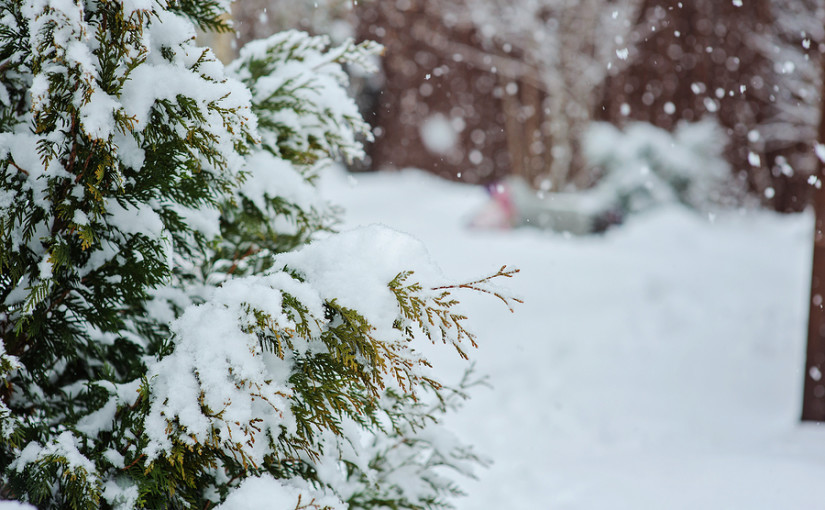As the autumn turns to winter (winter officially begins on December 21), it’s the time of year to clear out the garden and prepare it to survive the oncoming frost.
With a few simple steps, you can dump the dead wood in a skip, pile leaves and lighter organic waste into your compost bins, and leave behind a fairly blank canvas ready for your spring planting to come through.
First of all, complete any remaining autumn tasks. If there’s a dry spell and your grass is looking a little long, give it a final trim of the season and dispose of the clippings into your compost bins or, on larger lawns, by throwing them in your garden waste skip.
It’s common practice to leave clippings where they fall on the lawn to decompose back into the soil as a fertiliser, but if wet weather is on the way you might want to avoid ‘grasscycling’ for once if you don’t want soggy cut grass lying on the surface.
As the last of the leaves fall, treat them in a similar way, either composting them down ready to use in the spring, or throwing them into a suitable skip or container for removal.
Leaves are best dealt with on a dry day, if you get one, as you can blow, rake or even lightly sweep them up from lawns and especially hard surfaces without too much trouble.

Remove any plants that have died off, or are on their way to being dead, and collect any seeds and bulbs that you need to store indoors until their planting time comes in the new year.
This is also the time to cut back some shrubs and even to carry out some conservative pruning of tree branches, and this woody waste in particular will benefit from having a skip on hand to throw it in.
New deciduous hedges should be pruned in winter – this is formative pruning, and should only be carried out on hedges up to about two years old.
Don’t prune evergreen hedges in winter though, and don’t cut back conifers any time after August as this can leave bare patches that will not fill in when spring arrives.
Once you’ve cleared your garden of excess grass, leaves, dead plants and pruned shrubs and tree branches, there are some further simple steps to protect it during the winter and ready it for spring.
Keep roots safe against the frost by laying a fleece frost blanket around the base of shrubs, or adding extra organic material to the surface of the soil to act as a barrier against the cold.
With flowerbeds newly cleared of dead growth, it’s also a good time to dig some fertiliser into the earth to get a head start on the next season – just be careful not to damage any bulbs you have left in the soil to sprout naturally.
Finally, lift pots and planters on to bricks or purpose-built stands, and consider wrapping them in frost fleece too, as all of this will help protect their contents against ground frost.

